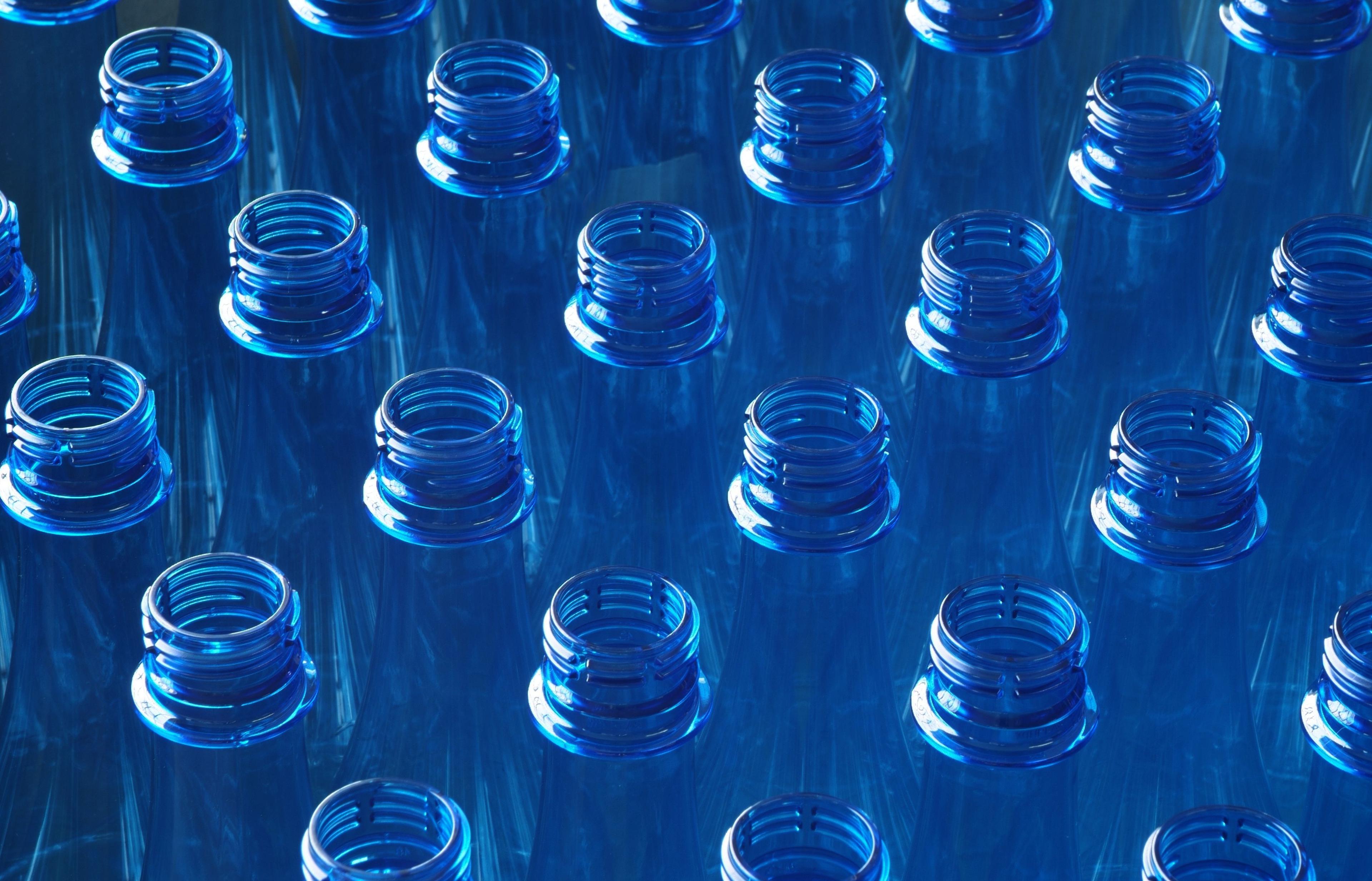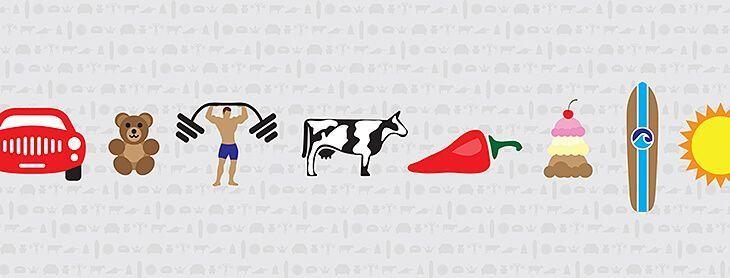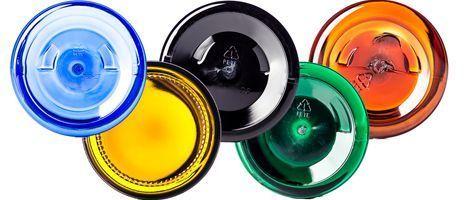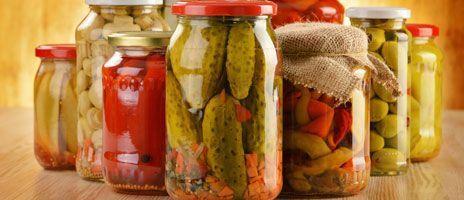The Pros and Cons of Lightweight Plastic Bottles


Picture this: You grab a bottle of water on the go, toss it in your bag, and barely notice it’s there. That’s the magic of lightweight plastic bottles. They have transformed the packaging industry, making transportation easier, reducing costs, and minimizing material usage. But, as with most things in life, there’s a flip side. While lightweight plastic bottles offer undeniable benefits, they also bring challenges, particularly when it comes to durability, recyclability, and environmental impact. So, are they a sustainable solution or just a temporary convenience? Let’s dive into the pros and cons of lightweight plastic bottles and see where they really stand.
The Pros of Lightweight Plastic Bottles
1. Cost-Effective Production
One of the biggest advantages of lightweight plastic bottles is their low manufacturing cost. By using less plastic, manufacturers save on raw materials, reducing production expenses. Lower costs for producers often mean lower costs for consumers, making these bottles an affordable packaging choice across various industries.
2. Lower Transportation Costs
Because lightweight plastic bottles use less material, they are also lighter to transport. This means reduced fuel consumption, lower shipping costs, and a smaller carbon footprint. In an industry where logistics play a massive role in pricing, weight reduction leads to significant savings and efficiency improvements.
3. Reduced Material Usage
Compared to their heavier counterparts, lightweight plastic bottles require fewer raw materials to produce. This conserves resources and helps meet sustainability goals by decreasing reliance on virgin plastic.
4. Consumer Convenience
Consumers appreciate packaging that is easy to carry, hold, and use. Lighter bottles enhance portability and practicality, making them a favorite choice for water, soda, and other beverages.
5. Lower Carbon Footprint in Production
The energy required to manufacture lightweight bottles is significantly lower than traditional heavier plastics. This means that companies using lightweight packaging contribute less to greenhouse gas emissions during production.
The Cons of Lightweight Plastic Bottles
1. Compromised Durability
The very thing that makes these bottles lightweight—using less material—also makes them more prone to damage. Thinner plastic can lead to deformations, leaks, or even breakage, particularly in transit or when exposed to pressure.
2. Recycling Challenges
While plastic bottles are technically recyclable, lightweight plastics often present difficulties in processing. Many recycling facilities struggle with these thinner plastics because they can clog machinery or be deemed too low-value to justify recycling.
3. Increased Environmental Impact When Not Recycled Properly
Although they use less material, if lightweight plastic bottles aren’t properly disposed of, they contribute to pollution just as much as heavier bottles. The lower weight doesn’t make them any less of a hazard when they end up in oceans, rivers, and landfills.
4. Potential for More Waste
Because these bottles are flimsy and less durable, consumers may be more likely to discard them faster rather than reuse them, leading to an increase in waste generation.
5. Consumer Perception of Inferior Quality
Many consumers associate heavier packaging with quality, meaning lightweight bottles may be perceived as cheap or less durable. This can impact brand image, particularly in premium beverage markets.
Finding the Balance: Are Lightweight Bottles the Future?
Lightweight plastic bottles come with both benefits and drawbacks, making them a complex topic in packaging sustainability discussions. For companies looking to reduce costs and minimize their environmental impact, they are a viable option, especially when paired with innovative recycling strategies and alternative materials.
Solutions for a More Sustainable Approach
- Improving Recycling Infrastructure: Investment in better recycling technology can help process lightweight plastics more efficiently.
- Using Recycled Content: Incorporating post-consumer recycled plastics into lightweight bottles reduces the demand for virgin plastic.
- Exploring Bioplastics: Some manufacturers are looking into biodegradable or plant-based plastics to offer more eco-friendly solutions.
- Consumer Education: Encouraging responsible disposal and recycling habits can help mitigate the negative impacts of lightweight plastic bottles.
Conclusion
Lightweight plastic bottles are a double-edged sword—they offer cost savings, convenience, and environmental advantages in terms of resource use, but they also pose challenges in durability and recycling. The key to making them a sustainable solution lies in improving recycling systems, investing in alternative materials, and promoting responsible consumer habits.
At Container & Packaging, we stay ahead of the trends, offering innovative packaging solutions that align with both business needs and sustainability goals. Interested in eco-friendly packaging alternatives? Explore our range of options today!




